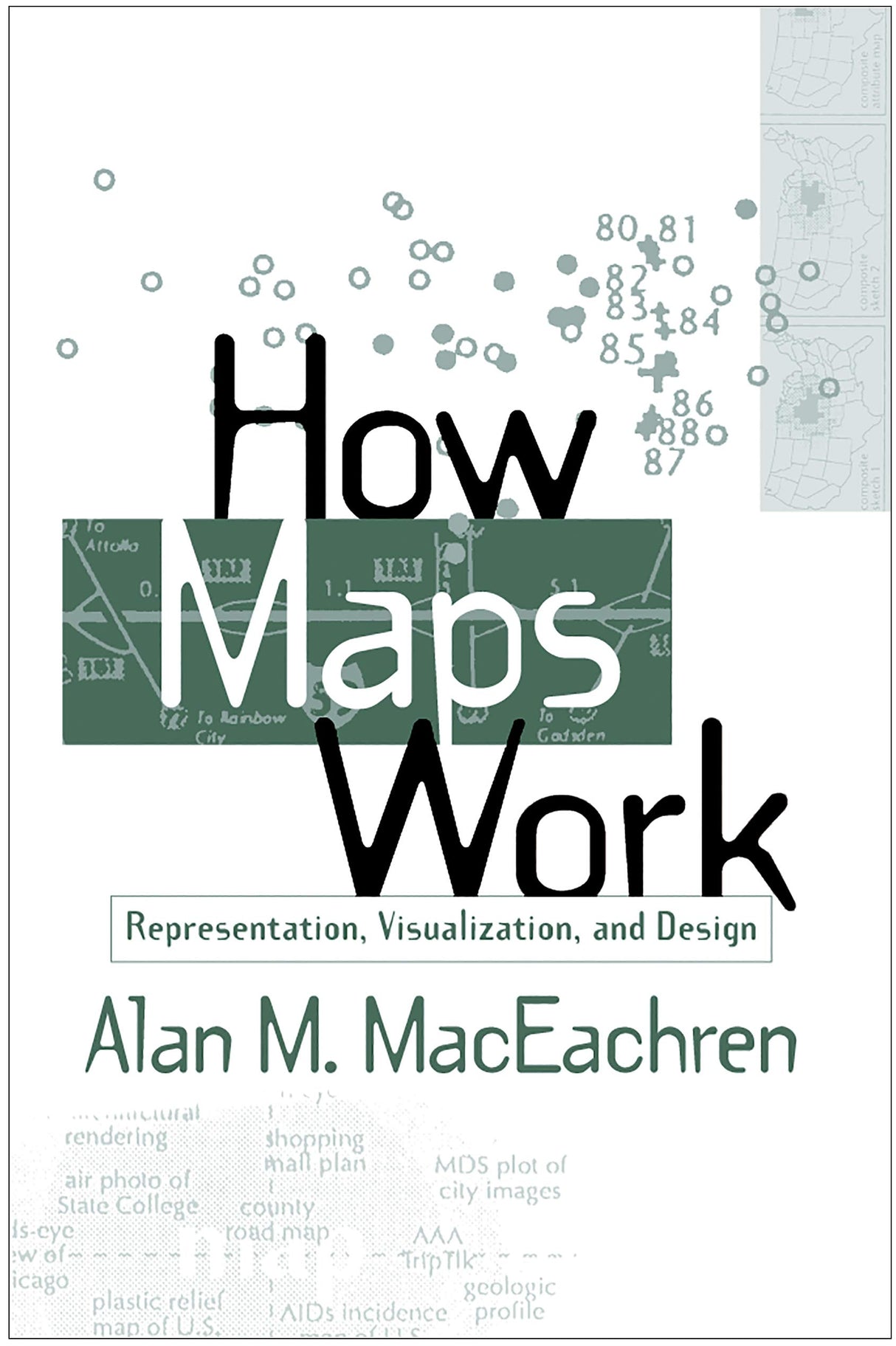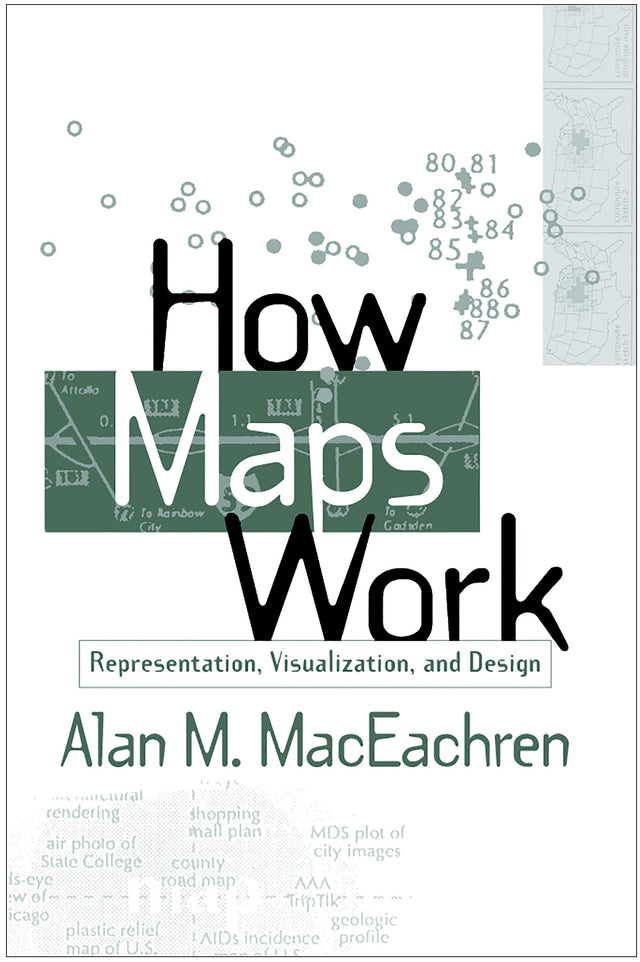How Maps Work: Representation, Visualization, and Design
How Maps Work: Representation, Visualization, and Design is backordered and will ship as soon as it is back in stock.
Couldn't load pickup availability
Genuine Products Guarantee
Genuine Products Guarantee
We guarantee 100% genuine products, and if proven otherwise, we will compensate you with 10 times the product's cost.
Delivery and Shipping
Delivery and Shipping
Products are generally ready for dispatch within 1 day and typically reach you in 3 to 5 days.
Book Details
-
Publisher: Guilford Press
-
Author: Alan M. MacEachren
-
Language: English
-
ISBN: 9781572300408
-
Pages: 513
-
Cover: Paperback
-
Edition: 1
-
Release Date: 19-08-2004
-
Format: Import
-
Model Number: Illustrated
-
Package Dimensions: 9.1 x 6.0 x 1.3 inches
About the Book
"How Maps Work: Representation, Visualization, and Design" by Alan M. MacEachren offers a comprehensive cognitive-semiotic framework for understanding the power of maps as abstract and synthetic spatial representations. This classic work delves into how various mapping choices interact with information processing and knowledge construction. It also provides valuable insights for making informed decisions on symbolization and design.
MacEachren explores the evolving role of maps in the context of contemporary technologies and the ever-changing nature of spatial information. This updated paperback edition features a new preface, placing the book within the modern landscape of geospatial technologies and mapping practices.
The book provides an in-depth examination of cognitive mechanisms involved in map reading and analysis, positioning maps as tools that stimulate other spatial representations. Through an array of fascinating illustrations, it appeals to cartographers, geographers, and anyone interested in the way we perceive and interact with spatial data.
Praise for the Book:
-
C. E. Tiedemann, University of Illinois: "Should be required reading for anyone making maps."
-
Michael Wood, University of Aberdeen: "A milestone in the literature of cartography. Rich in subtopics and illustrated with fascinating examples."
-
Mark Monmonier, Syracuse University: "A masterful synthesis that is essential for academic cartography and anyone exploring spatial information."
MacEachren’s work is a must-read for professionals in GIS, computer vision, geography, and those involved in the creation of spatial representations, offering a thoughtful and thought-provoking examination of how maps influence our understanding of the world.





